Description
Sue Larkey’s Tip Sheet On Challenging Behaviour
Tips and Strategies for Challenging Behavior
- Medical problems: This can include seizures, headaches, sinus pain, allergies or gastrointestinal difficulties (I have seen this with constipation with a number of students over the years). He also mentioned mental health issues in this section. (See pg 25, 26 for more in depth information).
- Trauma. This can include bullying, teasing, car accident, abuse, etc. (See pg 27 for more info)
- Changes in Physical Environment This can include something that may seem small such as painting their room, moving furniture or change in lighting.
- Changes in Social Environment: Loss or grief. Please note John Clements discusses this can be a delayed response up to six months after the loss of someone close. (I have seen this when parents separate too, where the behavioural change start months after the separation.)
- Sometimes behaviour is about getting a response – so stop responding!
- If X is hitting glass say “X hitting the glass is dangerous. The glass may break and you will get hurt. Put your hands on yourself.”
- X needs to know he is loved/liked. He needs to know we are not abandoning him and that we are here to support him through this difficult time.
- Once X appears to be calming from an incident do NOT talk to him, do not give him praise for calming as this pushes him back into aggressive mode. Stay quiet and carry on with what you were asking him to do. MUCH later you can tell him you are pleased he made a good choice about his behaviour.
- When X is calm and in a happy mood, encourage social interactions with everyone – siblings, peers, other adults. X may be experiencing a lack of social connectedness due to his behaviour and this can in turn be escalating the behaviour.
- Use authoritarian control and have this backed up by a second adult if needed. Be confident – if you aren’t then he will detect this and play on it. Use a strong voice and staunch body language. Tell him WHAT to do. Say “X stop that right now. X your bad behaviour will not be tolerated. X sit down (or walk away).”
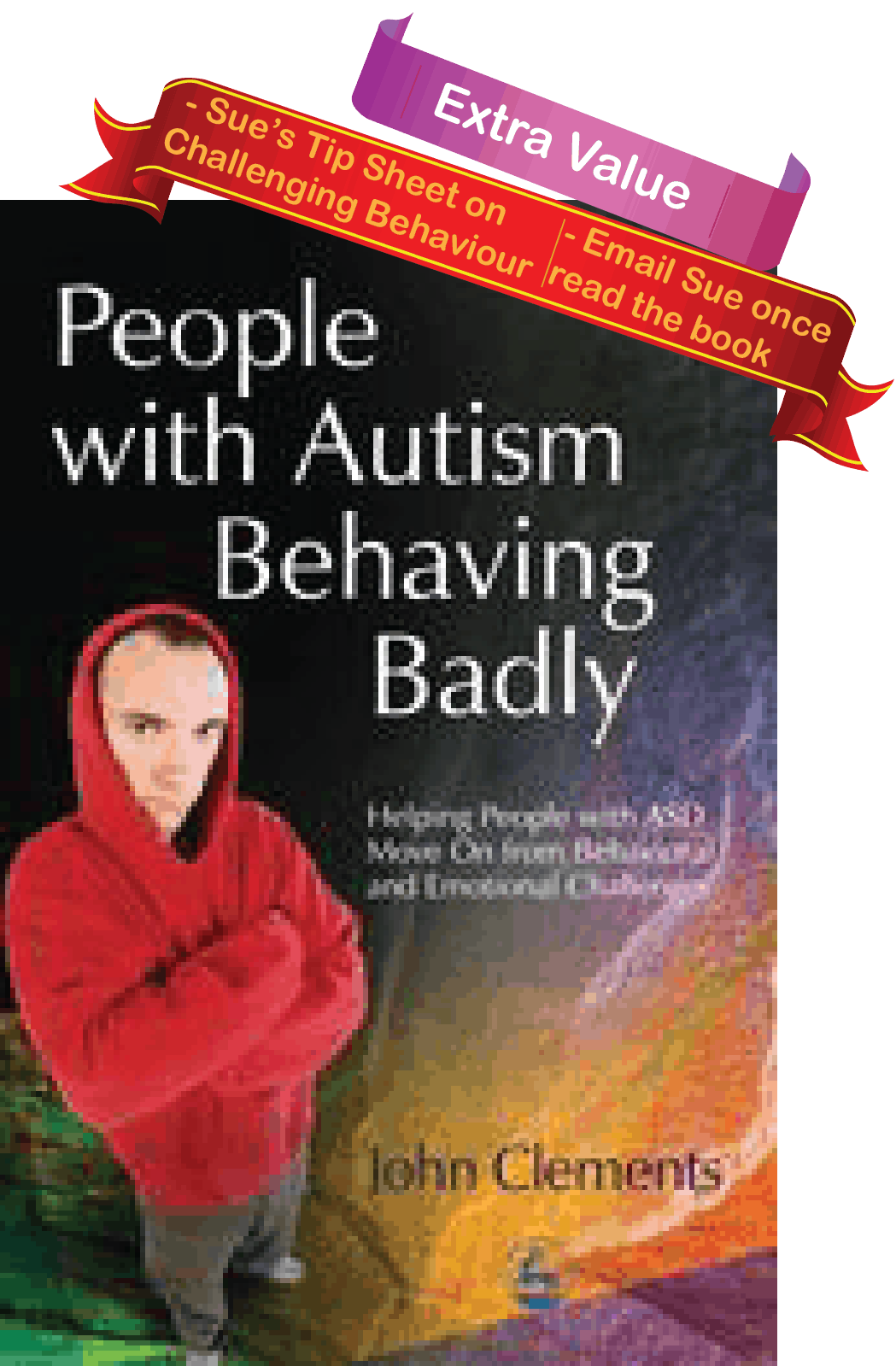
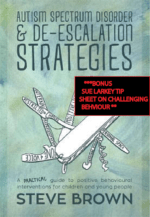
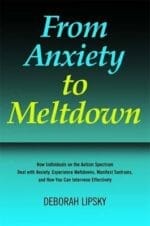
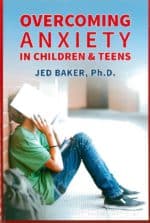

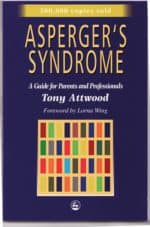



 Sorry we no longer ship items outside Australia. Please consider the digital versions of Sue’s Books –
Sorry we no longer ship items outside Australia. Please consider the digital versions of Sue’s Books – 